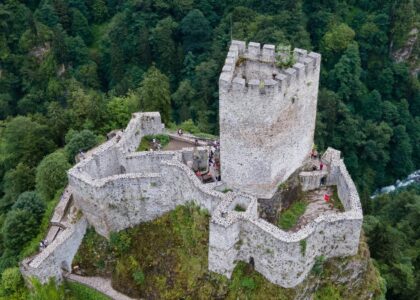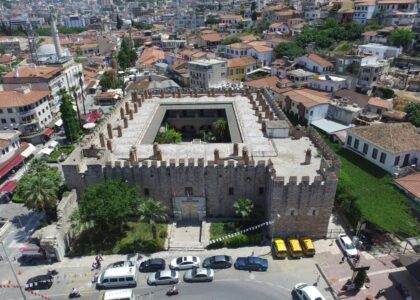The Ani Ruins, located in the Kars Province of northeastern Turkey near the closed border with Armenia, are a breathtaking testament to a powerful medieval metropolis. Once the glorious capital of the Bagratid Armenian Kingdom between the 10th and 11th centuries, Ani was a vital stop on the Silk Roads, connecting trade between Byzantium, Persia, and Central Asia. At its height, it rivaled cities like Constantinople, with an estimated population that may have exceeded 100,000.
Often called the “City of 1,001 Churches,” Ani is characterized by its impressive collection of religious, military, and civil structures built from local volcanic tuff stone, showcasing a unique “Ani school” of Armenian architecture. Key monuments include the grand Cathedral of Ani (Fethiye Mosque) and the Mosque of Minuchihr, noted as one of the earliest Seljuk mosques in Anatolia.
The city’s decline began with the Mongol invasions in the 13th century, followed by a devastating earthquake in 1319, and ultimately, the shifting of major trade routes. By the 18th century, it was largely abandoned. Designated a UNESCO World Heritage Site in 2016, the sprawling, lonely ruins offer a haunting glimpse into a multicultural urban center of a bygone era, standing starkly against the vast, windswept landscape.








